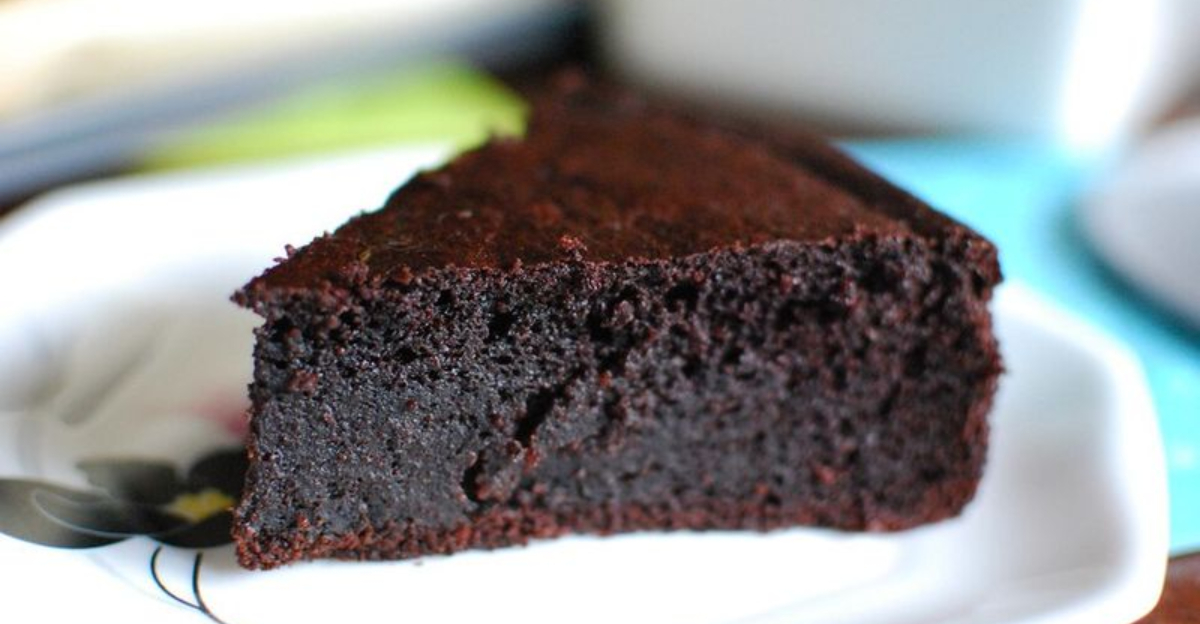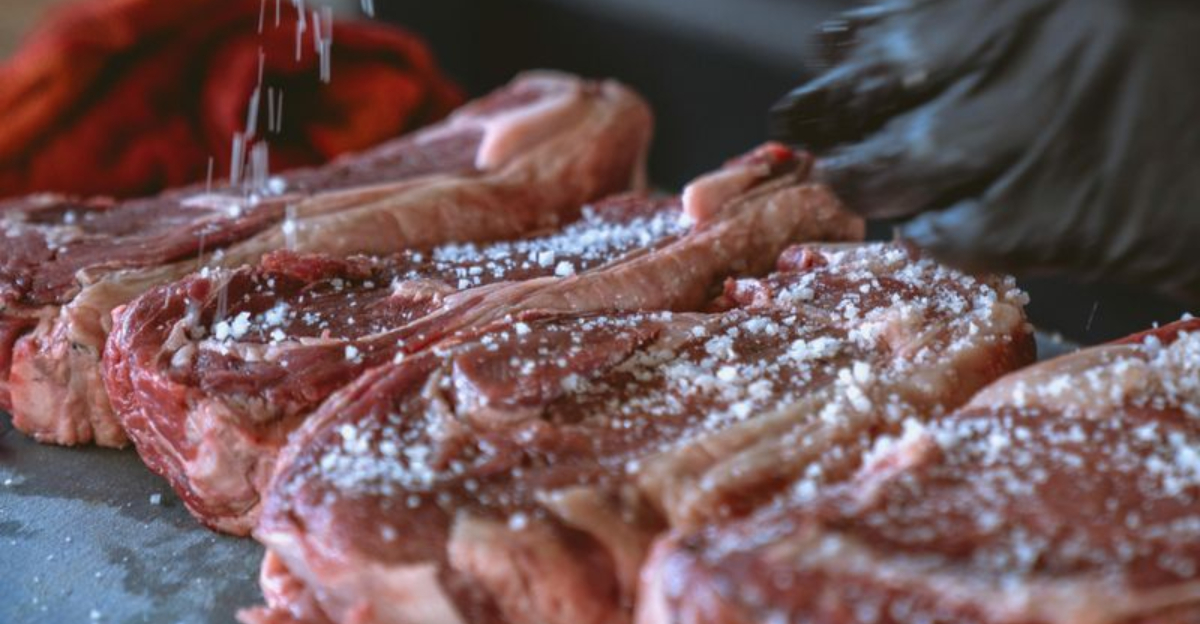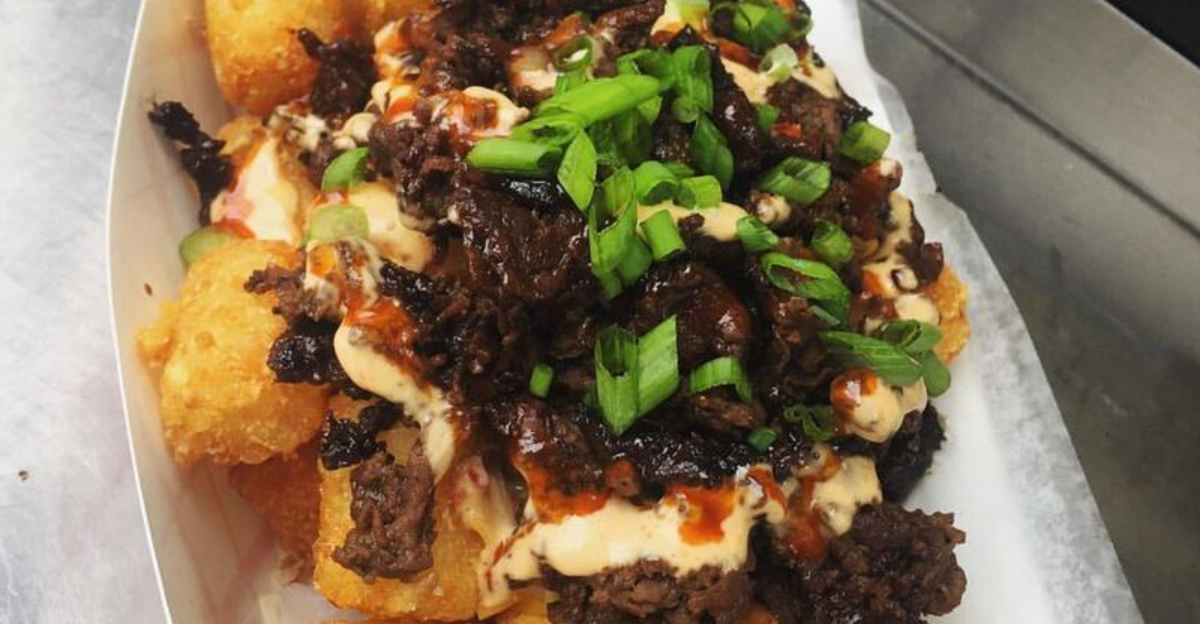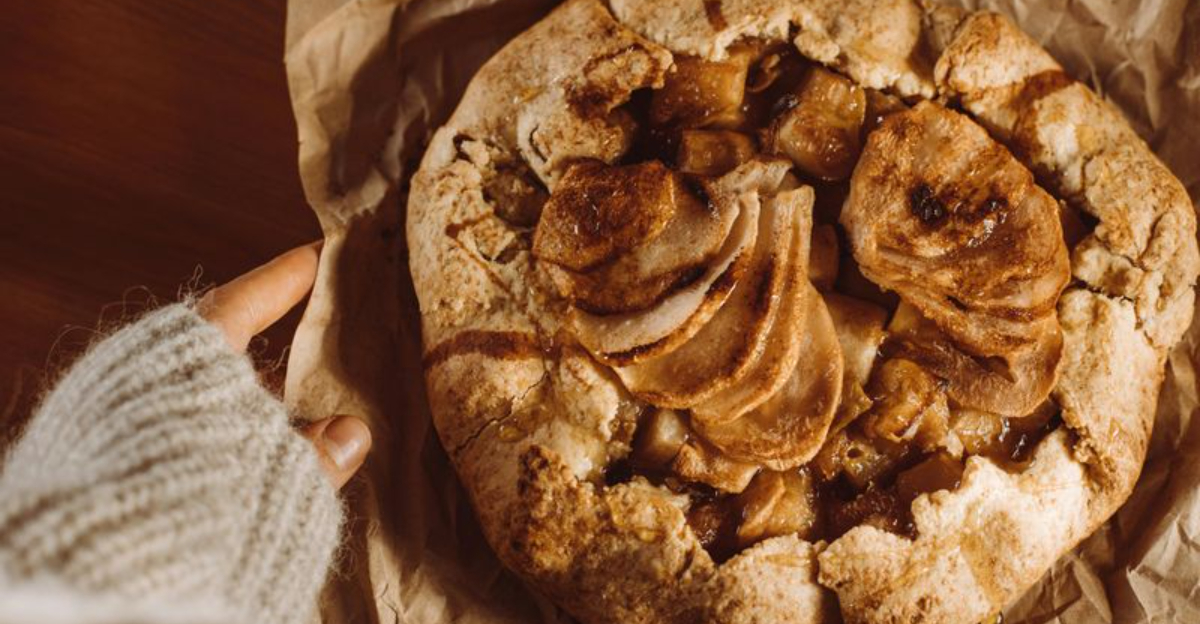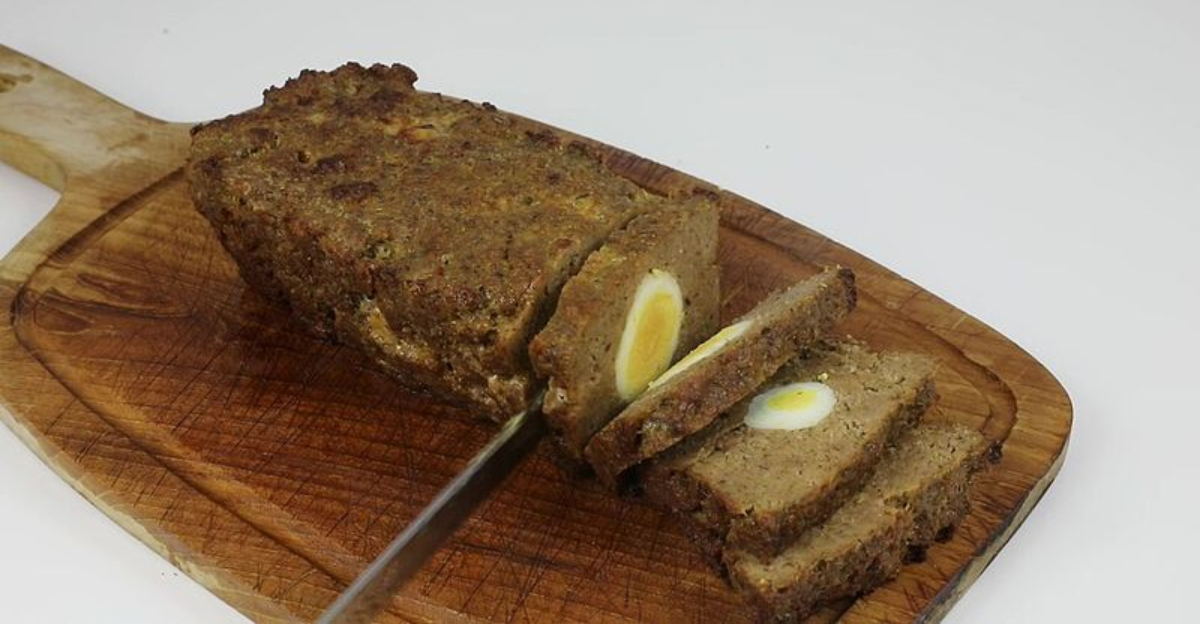12 Reasons Restaurant Shrimp Always Beats Homemade
Ever wonder why that plate of shrimp at your favorite restaurant tastes worlds better than what you make at home?
It’s not just your imagination playing tricks on you.
Professional kitchens have secret weapons, techniques, and tools that transform ordinary shrimp into something extraordinary.
Let’s uncover exactly what makes restaurant shrimp so irresistible.
1. They Start With Ultra-Fresh Or Flash-Frozen Shrimp

Professional kitchens don’t mess around when it comes to sourcing. They get deliveries multiple times a week, sometimes daily, ensuring shrimp arrives at peak freshness.
Flash-frozen varieties are thawed just before cooking, locking in sweetness and firm texture. Home cooks often buy shrimp days in advance, letting quality slip away in the fridge.
That difference in timing? It’s everything when it comes to flavor and snap.
2. Cooking Times Are Precision-Perfect
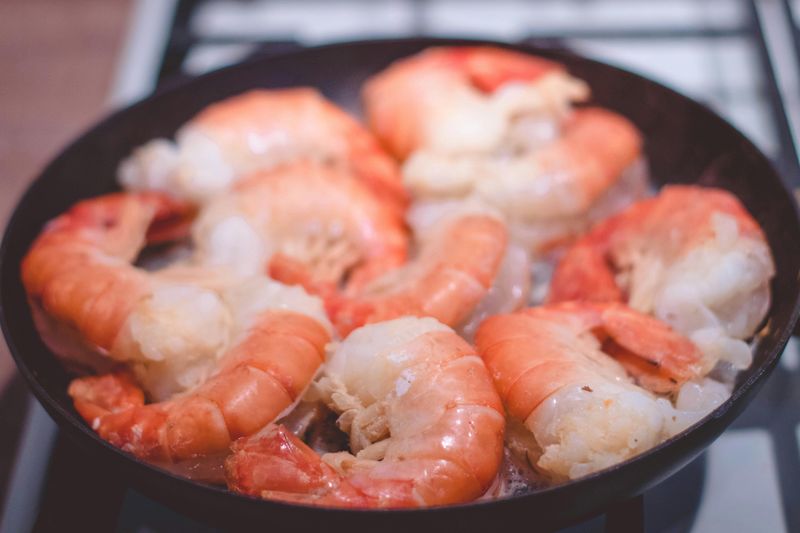
Restaurant cooks know shrimp needs exactly 90 seconds per side – no guessing, no poking. They’ve cooked thousands of shrimp and can feel doneness through the tongs.
Overcooking by even 30 seconds turns shrimp rubbery and sad. Home kitchens often wing it, leading to inconsistent results.
When you nail the timing every single time, the shrimp stays tender, juicy, and perfectly springy.
3. Restaurant-Grade Burners Bring Serious Heat

Those massive restaurant burners pump out heat your home stove can only dream about. We’re talking 25,000 BTUs or more, compared to your typical 9,000 BTU home burner.
High heat means fast caramelization and a gorgeous sear without overcooking the inside. Your shrimp gets that restaurant char and smoky depth in seconds.
Home stoves just can’t compete with that kind of firepower.
4. Brines And Marinades Penetrate Evenly
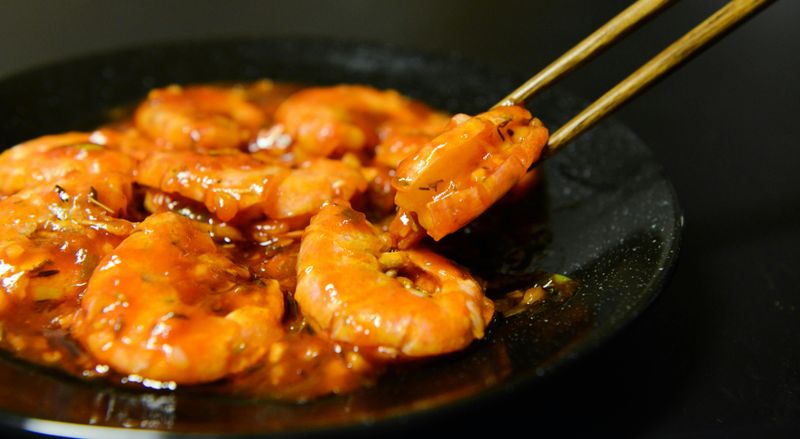
Restaurants often brine shrimp in saltwater solutions before cooking, which seasons from the inside out. Marinades with citrus, garlic, and herbs get time to work their magic.
At home, we usually just toss shrimp with seasoning right before cooking – flavor stays surface-level. A proper brine plumps up the shrimp and infuses every bite with balanced taste.
It’s a game-changer you probably skip at home.
5. Clarified Butter And Specialty Oils Make Magic

Forget regular butter – restaurants use clarified butter or ghee that can handle high heat without burning. Specialty oils like grapeseed or avocado add clean flavor and better sear.
Regular butter smokes and turns bitter at restaurant temperatures. These pro fats create a rich, nutty backdrop that makes shrimp taste luxurious.
6. Shrimp Stays Chilled Until The Last Second
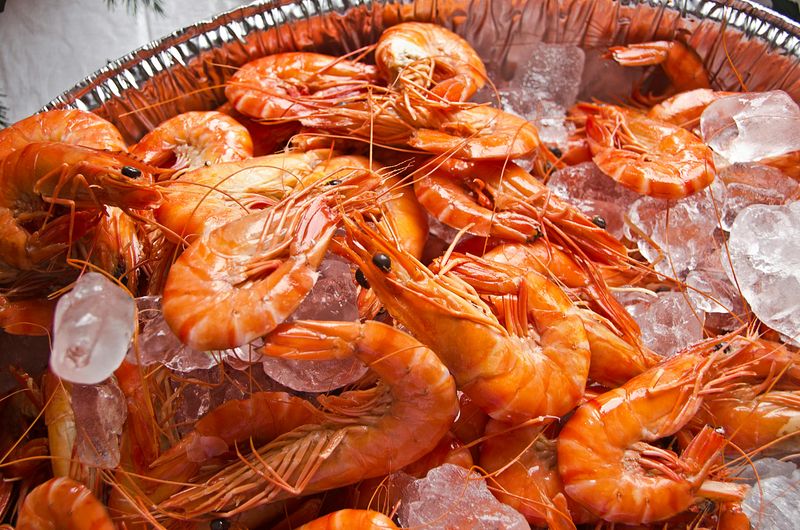
Professional kitchens keep shrimp ice-cold right up until it hits the screaming-hot pan. Temperature shock creates better texture and prevents mushiness.
At home, shrimp often sits at room temperature while you prep other ingredients. That warmth starts breaking down proteins before cooking even begins.
Keeping shrimp chilled until go-time is a simple trick with major impact on the final bite.
7. Seasoning Happens In Layers, Not All At Once
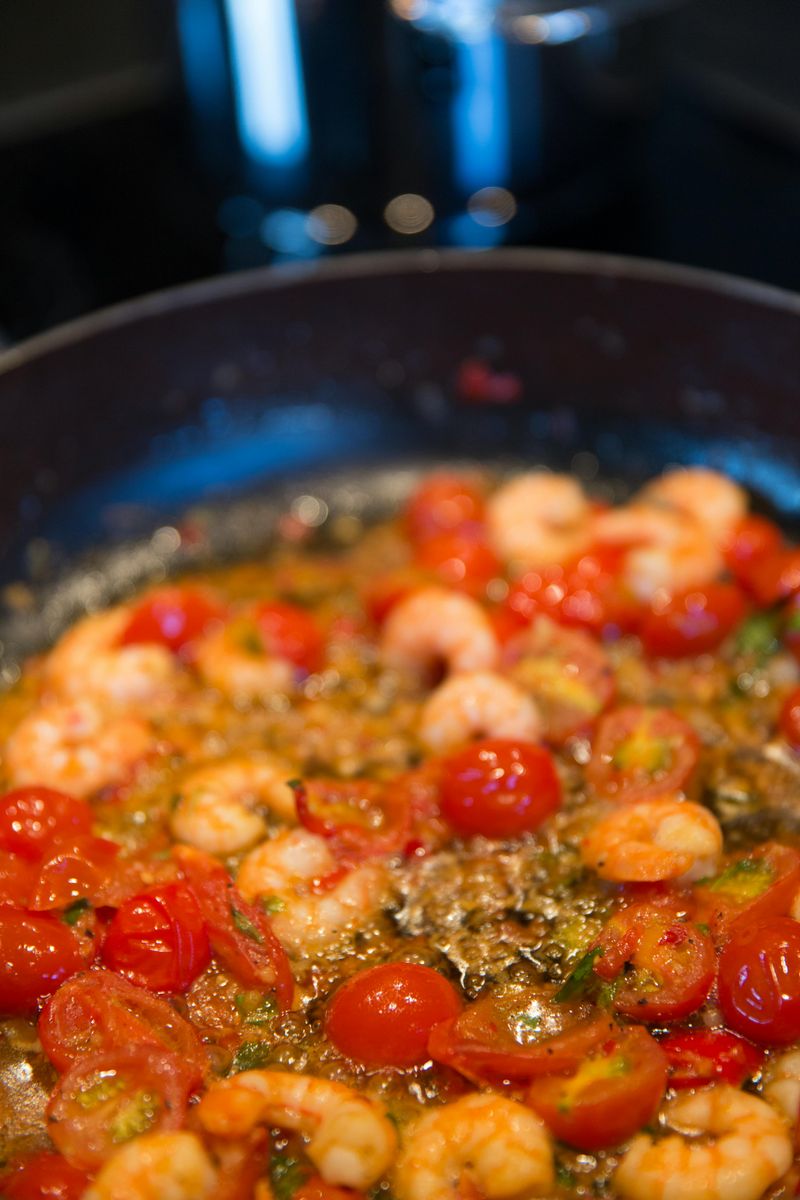
Chefs build flavor step-by-step: salt first, then aromatics, citrus zest, fresh herbs, and finishing spices. Each layer adds complexity and depth.
Home cooks usually hit shrimp with one seasoning blend and call it done. Layering creates a symphony of tastes that unfold with every chew. It’s the difference between flat and fascinating, boring and bold.
8. Fresh Citrus Zest, Never Bottled Juice
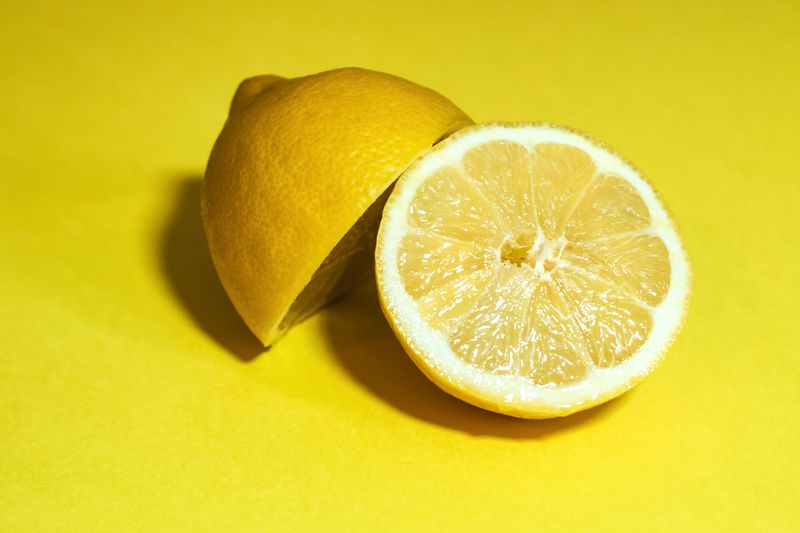
Chefs reach for fresh lemon or lime zest to add bright, aromatic oils that bottled juice just can’t deliver. Zest brings complexity without extra acidity.
Home cooks often squeeze bottled lemon juice, which tastes flat and one-dimensional. Fresh zest wakes up every flavor on the plate with vibrant, citrusy punch. It’s a tiny detail that makes a massive difference in the final dish.
9. Flat-Top Grills And Gas Flames Deliver Perfect Char

Flat-tops and open gas flames create caramelization and char that electric or weak burners can’t match. That smoky, slightly crispy edge is restaurant magic.
Home stoves often steam shrimp instead of searing it, leaving you with pale, boring results.
High, direct heat creates the Maillard reaction – where sugars and proteins brown beautifully. It’s science, and it tastes incredible.
10. Precise Salt and Acid Ratios Balance Everything
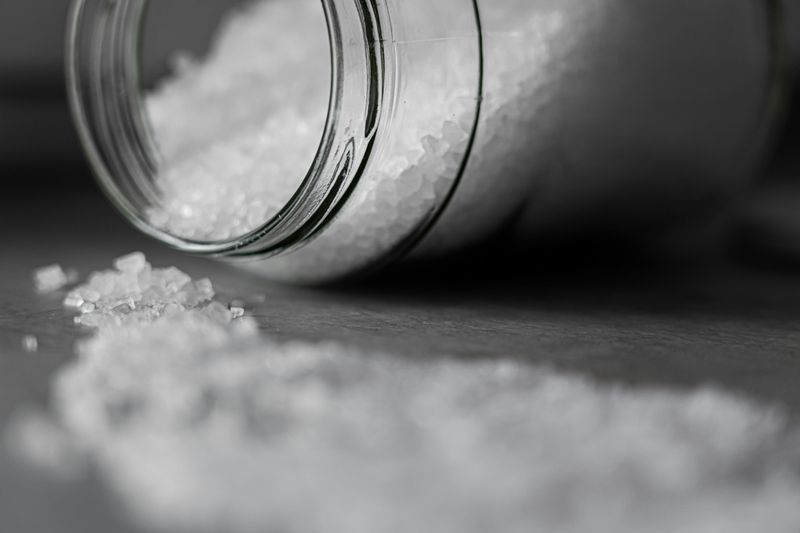
Professional kitchens measure salt and acid with practiced precision, balancing flavors to perfection. Too much salt overpowers; too little leaves shrimp bland.
At home, we eyeball it and hope for the best, often missing the mark. Chefs taste constantly, tweaking until harmony is achieved.
That careful calibration is what makes restaurant shrimp taste so dialed-in and delicious.
11. Butter, Wine, And Pan-Glaze Finishes Seal The Deal
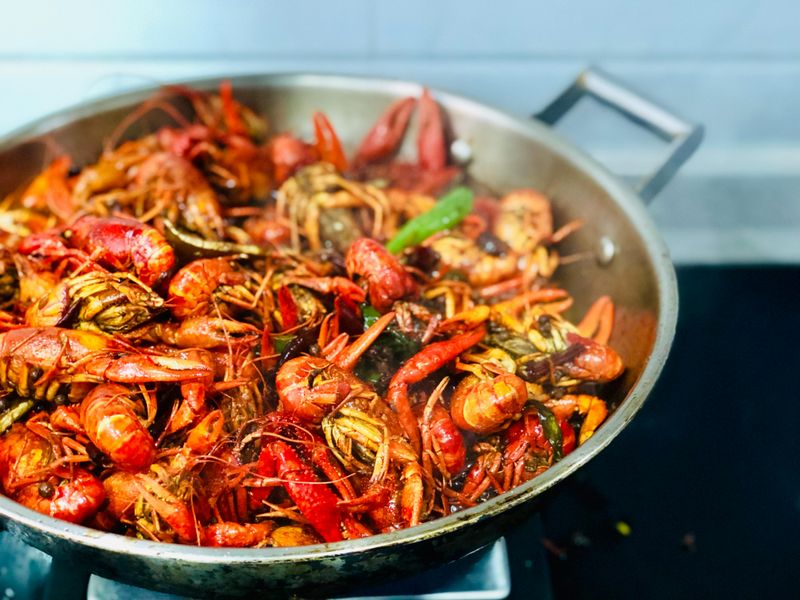
After cooking, chefs deglaze the pan with wine or stock, then swirl in cold butter for a glossy, restaurant-quality sauce. This technique, called mounting, creates silky richness.
Home cooks often skip this step, serving shrimp dry or with watery sauces. A proper pan glaze clings to every curve, delivering flavor in every forkful. It’s the secret to that lick-the-plate-clean finish.
12. They Know Which Shrimp Variety Fits Each Dish

Chefs match shrimp types to recipes – Gulf shrimp for bold dishes, Key West pinks for delicate flavors, Argentine reds for sweet richness. Variety matters more than most realize.
Home cooks grab whatever’s on sale, missing out on nuanced flavor profiles. Using the right shrimp for the right dish is like pairing wine with food. It’s a level of intentionality that shows in every bite.

